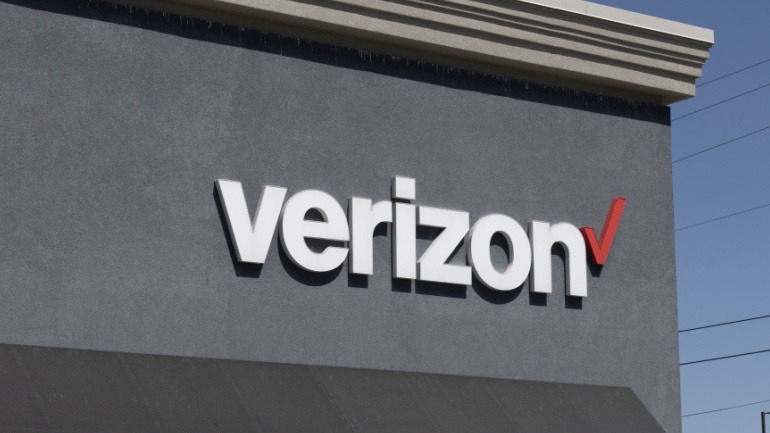AT&T has rolled out a nationwide 5G RedCap network across the US, aiming to enhance mid-tier IoT applications with a cost-effective and energy-efficient solution. This marks a strategic shift from the now-decommissioned NB-IoT network.
The extensive coverage of RedCap reaches over 200 million points of presence, supporting devices like wearables, augmented reality (AR) or virtual reality (VR) gadgets, and various IoT sensors. Working with industry leaders like Semtech, Telit Cinterion, and Rhino Mobility, AT&T is also set on certifying new RedCap modules. This collaboration will speed up the production of 5G-based devices, which promise lower battery consumption and reduced costs compared to their predecessors.
This transition to RedCap follows AT&T’s 2024 decision to stop offering NB-IoT data plans and its subsequent network shutdown, which was finalized in early 2025. The company introduced LTE-M and, more recently, 5G RedCap as the successor technologies. Partnering with Vodafone in the UK, AT&T has established itself as a key supplier of cellular IoT solutions, especially catering to the automotive industry which demands higher capacity connectivity than NB-IoT could offer.
AT&T, with about 140 million IoT connections, celebrated certifying its first RedCap product, a mobile hotspot by Franklin Wireless. With the support of Release 17 of the 5G NR standard, IoT sensors are now able to connect to 5G networks with a significantly reduced bandwidth requirement. The RedCap standard places itself as a middle ground, between low-power IoT communications (mMTC) and standard 5G broadband (eMBB). Release 18 is expected to bring eRedCap, which will push the capabilities even further by reducing data and connectivity requirements.
Globally, 31 operators across 22 markets are exploring or already deploying 5G RedCap, according to GSMA Intelligence. Alongside Verizon and T-Mobile in the US, the push for RedCap technology is expected to significantly contribute to the IoT market, with Omdia forecasting nearly one billion eRedCap connections by 2030. The majority of these connections will serve industries in transition from 4G to 5G.
For its part, AT&T continues to enhance its RedCap capabilities after completing the first RedCap data call in 2023. The company assures its customers that LTE-M and 5G RedCap will cater to varying IoT needs, with RedCap specifically tailored to mid-tier use cases. This new adaptability opens the door for applications in different sectors including healthcare, logistics, manufacturing, energy, and automotive.







